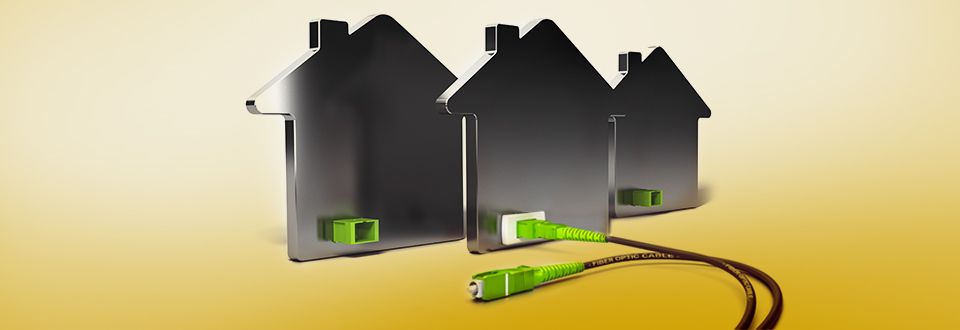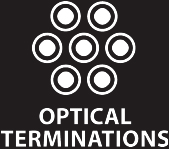
Technology continues to forge ahead in leaps and bounds. We now have smart phones, smart TV, smart houses, and many others. All of these “smart” technologies are powered by the Internet. Without fast and reliable Internet connection, you can’t get the maximum benefit out today’s technology.
For the last century or more, copper cables have been the default cable used in telco networks. And while in commercial networks, fibre optic cables are now common, that hasn’t been the case in domestic networks. Until now.
With the arrival of economical Fibre to the Home (FTTH) network solutions, true commercial speeds are available to the domestic consumer. This is starting to unlock fantastic technological and commercial possibilities for consumers and developers alike.
What is FTTH/FTTP?
Fiber to the home (FTTH), also called fiber to the premises (FTTP), is the use of optical fibre cables to deliver broadband services to residents instead of the traditional copper cables. FTTH more commonly refers to single residences in a broadacre development, while FTTP more commonly means units in a highrise tower.
Why switch to FTTH?
- Faster Speed. FTTH delivers connection speeds of up to 1Gps, although the actual speed is determined by the telco equipment installed. This is over 100 times as fast as a typical cable modem or DSL connection.
- Strong Signal Strength over greater distances. Fibre optic cables experience less signal loss than copper cabling. Fibre can transmit a higher bandwidth over greater distances compared to copper cabling or wireless connection. This means that even if a residence is outside the normal ADSL distance from the exchange, with a fibre connection they’ll still have super fast internet.
- High Bandwidth. Fibre cable can carry a thousand times more bandwidth than that of copper cable. Higher bandwidth is especially useful if there are multiple users at a time. This means you can enjoy HD videos without disturbing other users in your home. This is also valuable for those who work from home.
- Cost-effective. With the size and durability of fiber optic cables, less space is required in risers for cabling while getting the best quality of transmission available. Better connection will reduce delays in sending and receiving messages, ensuring better value for money.
With these advantages it is clear that FTTH offers faster speed and reliability in data transmission, not to mention its cost-effectiveness in the long run. FTTH is the connection of choice of the future. Now the question is: is your Development Fibre ready and future-proof?[/vc_column_text][/vc_column][/vc_row]


